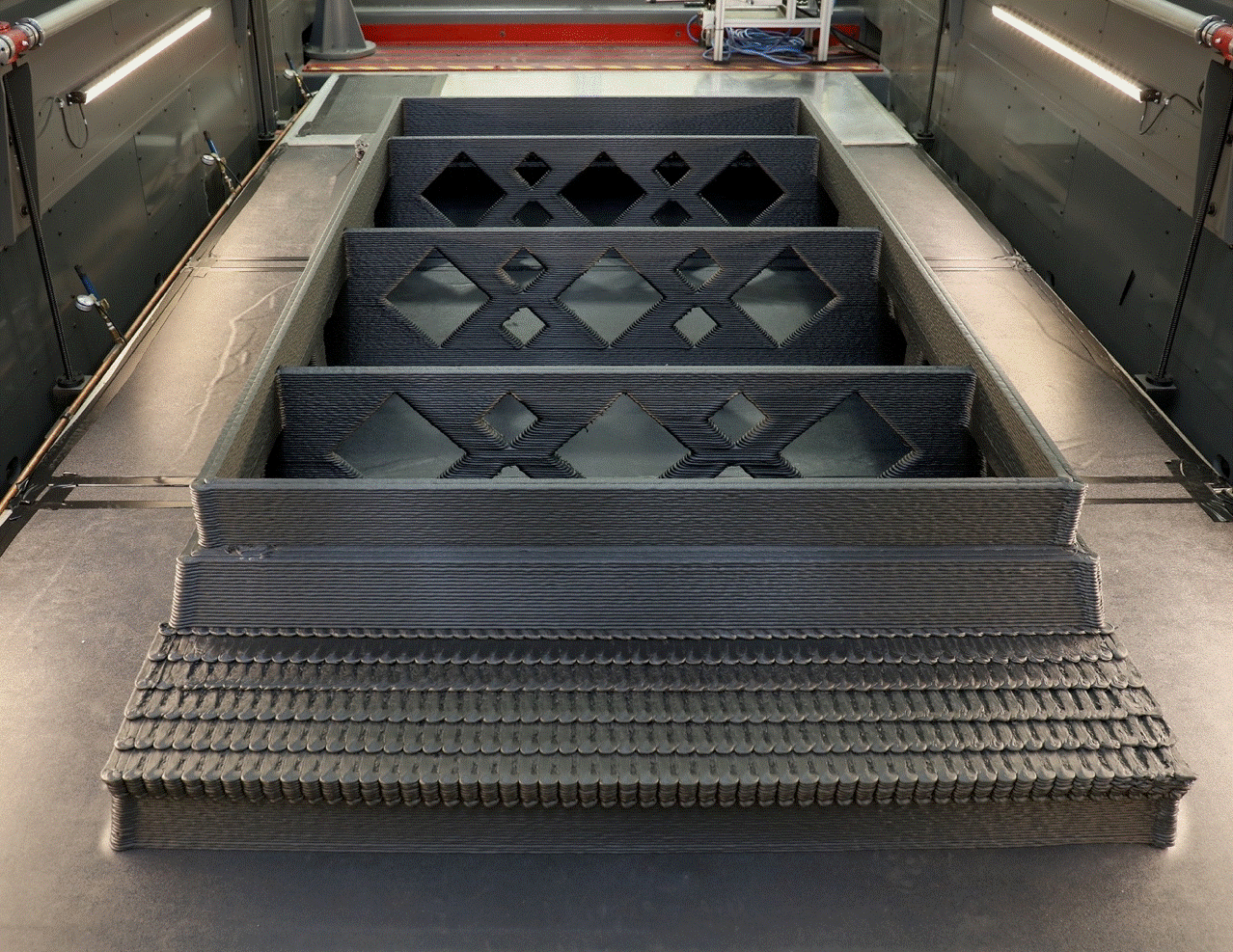
Filter News
Area of Research
News Topics
- (-) 3-D Printing/Advanced Manufacturing (11)
- (-) Bioenergy (4)
- (-) Cybersecurity (2)
- (-) Sustainable Energy (5)
- Advanced Reactors (2)
- Artificial Intelligence (3)
- Big Data (2)
- Biomedical (6)
- Clean Water (1)
- Composites (3)
- Computer Science (18)
- Critical Materials (1)
- Energy Storage (5)
- Environment (4)
- Exascale Computing (1)
- Frontier (2)
- Fusion (2)
- Grid (1)
- Isotopes (4)
- Materials Science (19)
- Microscopy (5)
- Molten Salt (1)
- Nanotechnology (9)
- Neutron Science (18)
- Nuclear Energy (4)
- Physics (7)
- Polymers (3)
- Quantum Science (6)
- Security (1)
- Space Exploration (2)
- Summit (7)
- Transportation (5)
Media Contacts

OAK RIDGE, Tenn., March 1, 2019—ReactWell, LLC, has licensed a novel waste-to-fuel technology from the Department of Energy’s Oak Ridge National Laboratory to improve energy conversion methods for cleaner, more efficient oil and gas, chemical and
OAK RIDGE, Tenn., Feb. 12, 2019—A team of researchers from the Department of Energy’s Oak Ridge and Los Alamos National Laboratories has partnered with EPB, a Chattanooga utility and telecommunications company, to demonstrate the effectiveness of metro-scale quantum key distribution (QKD).

Oak Ridge National Laboratory scientists studying fuel cells as a potential alternative to internal combustion engines used sophisticated electron microscopy to investigate the benefits of replacing high-cost platinum with a lower cost, carbon-nitrogen-manganese-based catalyst.

Scientists at the Department of Energy’s Oak Ridge National Laboratory have created a recipe for a renewable 3D printing feedstock that could spur a profitable new use for an intractable biorefinery byproduct: lignin.

Two leaders in US manufacturing innovation, Thomas Kurfess and Scott Smith, are joining the Department of Energy’s Oak Ridge National Laboratory to support its pioneering research in advanced manufacturing.

The construction industry may soon benefit from 3D printed molds to make concrete facades, promising lower cost and production time. Researchers at Oak Ridge National Laboratory are evaluating the performance of 3D printed molds used to precast concrete facades in a 42-story buildin...

Oak Ridge National Laboratory scientists have improved a mixture of materials used to 3D print permanent magnets with increased density, which could yield longer lasting, better performing magnets for electric motors, sensors and vehicle applications. Building on previous research, ...


